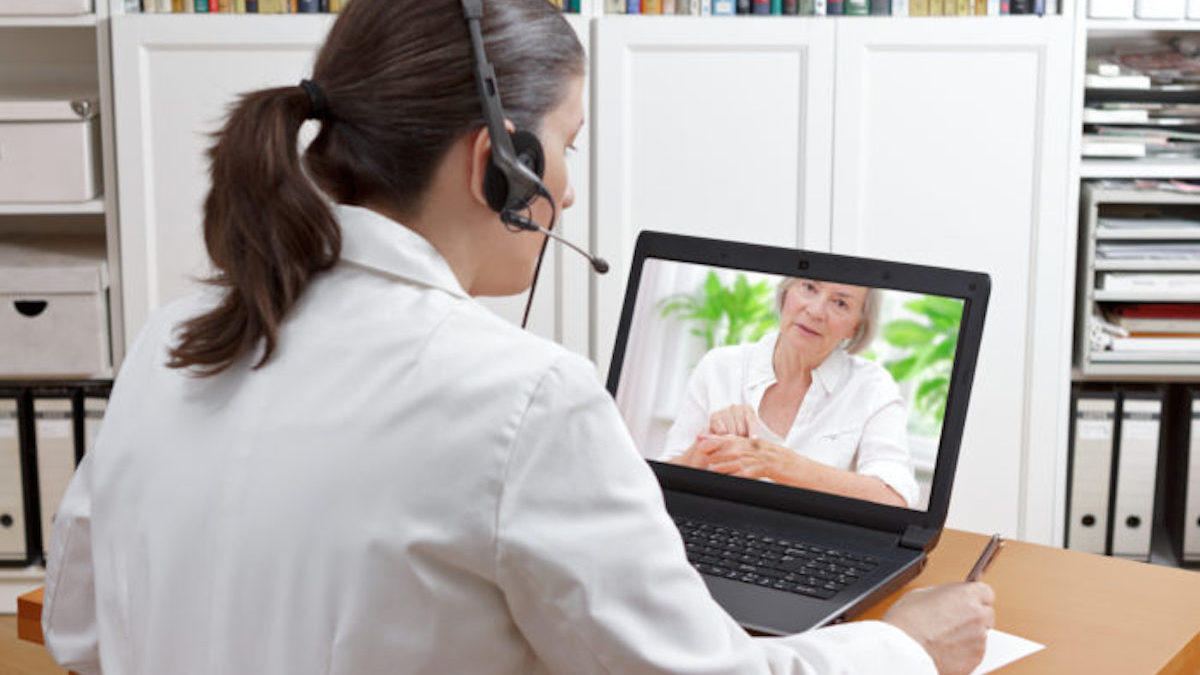By Bina Kassamali, BA
Before the pandemic, I assumed that dermatological care needed to be provided in person. Using telehealth during the COVID-19 pandemic has taught me that is no longer the case.
Because dermatology is very visual, physicians primarily rely on physical examinations to treat their patients. But that doesn’t mean we need to physically be with the patient for every visit.
This is where telehealth plays a role.
Physicians and patients can connect over real-time video visits or audio-only visits augmented by photographs. Although virtual, telehealth creates an environment where we can connect with patients. It allows us to meet our patients where they are to ensure continuity of care, to help them progress in their care plan and to provide useful information about their condition.
More than once, I have seen how bringing care into our patients’ homes can help. For example, I have seen patients with their home health aides, who can describe a patient’s current wound care regimen or frequency of dressing change. In another instance, a patient requested a consultation for a mysterious rash on her leg. As she moved the camera to show us the rash, we saw a space heater just inches away from her shins. This heater was the culprit for her rash, which was caused by prolonged exposure of the skin to heat. We wouldn’t have seen this important clue if her appointment was in person.
Virtual visits can offer patients many benefits as well. They allow for more flexibility and convenience while decreasing overall cost of care. Virtual visits eliminate lengthy commutes and missed work, transportation or parking costs, and, in some cases, the need for childcare. Our research team recently found that virtual visits decreased no-show rates when compared with in-person visits. This finding was even more dramatic for our minority patients.
Granted, telehealth can present some challenges. While remote visits can bring patients a sense of empowerment, they can also be daunting for those unfamiliar with technology. This is especially true for older adults.
Additional research must be done to understand how virtual visits impact access for patients of different socioeconomic backgrounds, geographies and languages. Physicians should work alongside public officials to help close the digital divide, especially as more services become remote. Telehealth will quickly expand into all corners of the health care system, and the medical community must find ways to ensure that certain communities are not left behind.
In the last year, telehealth has become woven into the fabric of patient-centered care. Although its adoption was accelerated during the pandemic, it shouldn’t be undone once the pandemic eases. Increased advocacy efforts and supporting research are critical to ensuring long-term policy changes to protect access to telehealth.

Bina Kassamali, BA, is a fourth-year medical student at Harvard Medical School in Boston.
